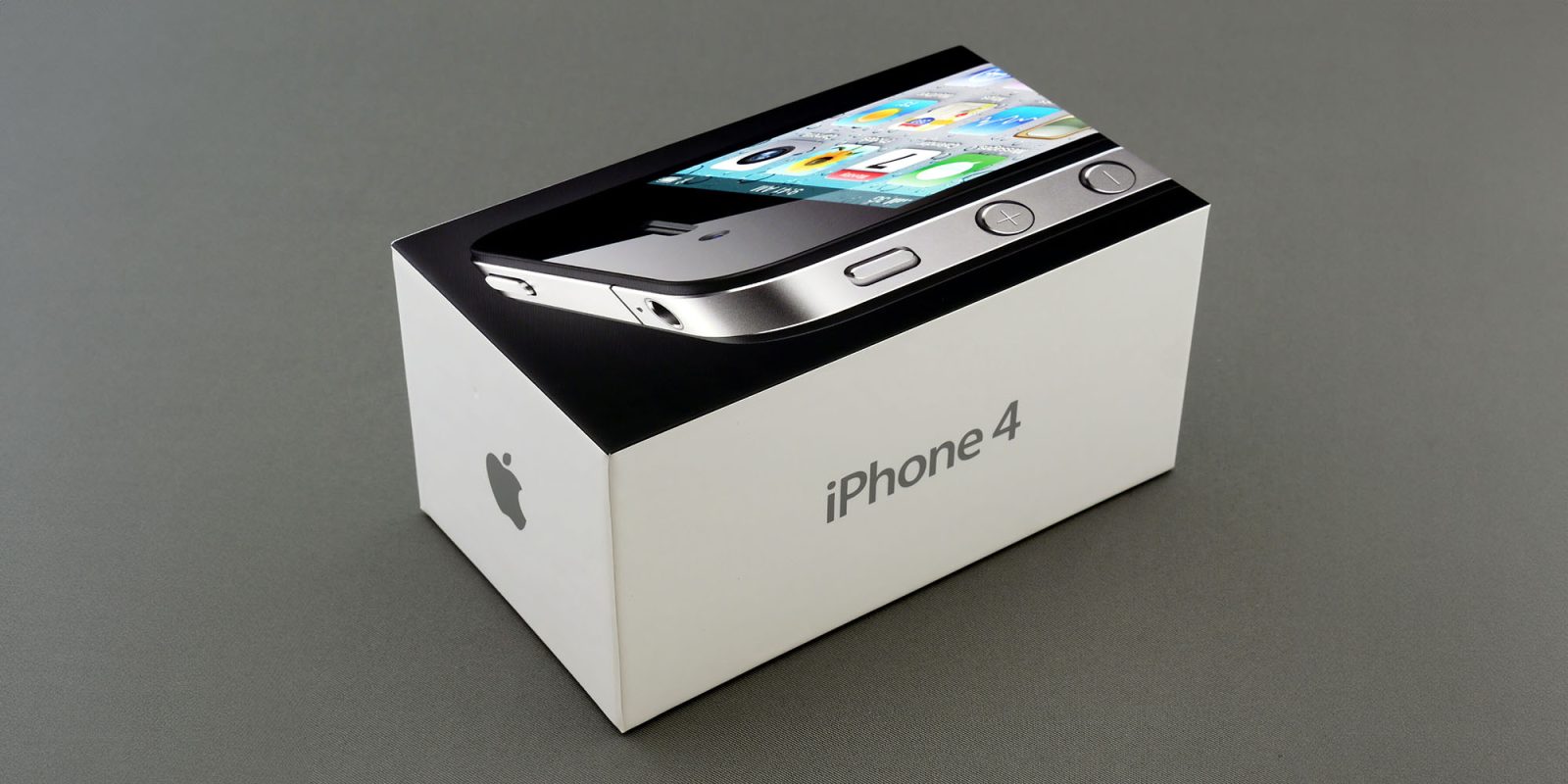In 2010, Apple introduced the iPhone 4, a device that quickly became the center of a significant controversy known as “Antennagate.” Users reported a sudden and dramatic drop in signal strength when holding the phone in a typical manner during calls. This issue led to widespread criticism and prompted Apple to take several corrective actions.
The Emergence of Antennagate
Shortly after the iPhone 4’s release, users noticed that gripping the device in a certain way caused the signal bars to plummet. This phenomenon was attributed to the phone’s external antenna design, which was susceptible to interference from human contact. The public outcry was significant, with many questioning the device’s design and reliability.
Apple’s Response
Apple’s initial response included a statement from then-CEO Steve Jobs, who suggested that users were “holding it wrong.” This remark did little to quell the growing dissatisfaction. To address the issue more substantively, Apple offered free bumper cases to iPhone 4 owners, which helped mitigate the signal loss by preventing direct contact with the antenna. Additionally, the company settled a class-action lawsuit related to the issue.
The Software Revelation
While hardware design was initially blamed, further investigation revealed that the problem was largely software-related. Apple acknowledged an error in the algorithm used to display signal strength bars. The company admitted that the formula often displayed more bars than appropriate for a given signal strength, leading users to believe they had a stronger signal than they actually did. This discrepancy became evident when the signal dropped sharply upon gripping the phone.
The 20-Byte Fix
Fifteen years later, software engineer and designer Sam Henri Gold delved into the iPhone 4’s firmware to uncover the specifics of the fix. By comparing different versions of the firmware, Gold identified a lookup table within the CoreTelephony framework’s CommCenter binary. This table determined how signal strength was translated into the number of bars displayed.
Gold discovered that the original lookup table was overly optimistic, often showing 4-5 bars even in areas with weak signal strength. This design caused a sharp drop in bars when the signal was slightly obstructed, such as when holding the phone. In the iOS 4.0.1 update, Apple modified this table by adjusting 20 bytes of code. The new values created a smoother transition between signal strengths, making it harder to see 5 bars but also preventing drastic drops to 0 bars. This subtle change effectively addressed the perceived signal loss issue.
Psychological Adjustments
In addition to the technical fix, Apple made a visual adjustment to the signal bars. The heights of the lower bars were increased, making one and two bars appear more prominent. This change aimed to reduce the psychological impact of seeing fewer bars, as the taller bars appeared more reassuring to users.
Conclusion
The Antennagate incident serves as a case study in how minor software adjustments can resolve significant hardware issues. By modifying just 20 bytes of code, Apple was able to correct a problem that had tarnished the iPhone 4’s reputation. This episode underscores the importance of both technical precision and user perception in product design.


